Most credit cards will ask you to create a unique four-digit PIN or Personal Identification Number, in order to use your card. This is similar to a password and adds an extra level of security to protect you from becoming a victim of credit card fraud. As a result, your PIN should always be kept secret because it allows the user to access personal information and even withdraw cash! Here’s what you need to know.
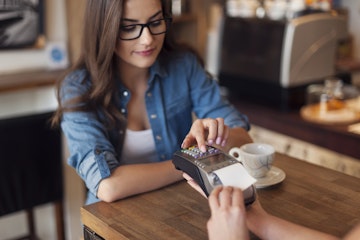
gpointstudio/shutterstock.com
ATM PINs and Credit Card Purchases PINs
When you withdraw cash from an ATM with a debit or credit card, you will need to enter a PIN to prove that despite having the actual card, you are also authorized to make the withdrawal. When you make a purchase with your debit or credit card at a retailer, the system may prompt you to enter your PIN. Similar to ATM PINs, this is to prove that you are authorized to use the card. It is worth noting that debit cards are designed to withdraw money from ATMs. Using a credit card at an ATM is usually a last resort to get money. In most cases, in addition to withdrawal fees, credit card companies will charge your fee for this cash advance withdrawal. The fee can be as high as three percent of the withdrawn amount or a minimum flat fee. Furthermore, daily compounded interest on your entire credit card balance from the date of withdrawal. In addition, there is no grace period before you pay it back.
How to Set Up Your PIN
Card issuers have different methods for setting up your PIN. Sometimes your card issuer will send you a PIN a few days after your credit card has been mailed. You typically have the option to, or may even be required to, change your PIN afterward. Other times, you may be asked to make your own PIN when you call to activate your card. Unlike passwords, a PIN is numeric only and are often four digits. There are no letters or special characters in a PIN.
PIN Security Do’s and Don’t’s
PINs protect sensitive information and are grant direct access to your finances. You may be tempted to use a PIN that is easy to remember, but it is wise to use a PIN that is difficult to guess.
-DON’T use a simple sequential number sequence like 1234 or 4321. -DON’T use a simple repetitive number sequence like 1122 or 2233. -DON’T use any part of your government ID number. -DON’T use any part of your phone number. -DON’T use any part of your credit card number. -DON’T use numbers that have a significant meaning, such as your date of birth, your family members’ dates of birth, or your anniversary date. Thieves can easily find this information on free public databases, social media, or if your information has even been stolen before. A recent study found that as many as one in five people used their birthday as a PIN. This is a bad idea! -DON’T write your PIN down, especially not on your credit card. If necessary, use the “Cell Phone Friend Method” mentioned below instead. -DON’T send your PIN to anyone via email or text message. These lines of communication are not always secure and are never really deleted. Besides, your real bank will never request personal banking details through email or text. Furthermore, never provide your PIN over the telephone either. This will always be a fraudulent call. -DON’T share your PIN with anyone. -DON’T use the same PIN for all your cards. -DON’T use an ATM machine that is obstructed from view or poorly lit.
-DO opt for a longer digit PIN, if possible. For example, a six-digit PIN has more code combinations than a four-digit PIN, making it harder to guess or use a computer program to generate your PIN. -DO cover the keypad with your free hand so that nobody can see what you type. -DO use the mirror at the ATM to look for any suspicious parties. If you see anyone or anything suspicious, cancel your transaction and leave immediately. Always use common sense. -DO use the “Word Method.” This means that you base your PIN on a word and convert it to numbers. For example, the word “word” converts to the PIN 9673 because the W is on the 9, the O is on the 6, and so on. Be aware that high tech automated hacking programs can use words from the dictionary to try to generate your PIN. This is not as common and most banking systems will lock them out after a few unsuccessful attempts. However, you may want to use an acronym or a word that isn’t found in the dictionary. -DO use the “Date Method.” If you must make your pin using significant dates, don’t use just one date. For example, if you were born on February 2, 1946, and you got married on November 17, 1975, you may create a PIN using both years. Your PIN may be 4675 or vice versa. You should always mix up the numbers as well as use other categories besides years, such as your shoe size and your street address. -DO use the “Cell Phone Friend Method.” This method hides your PIN in plain sight. Essentially, you make a fake contact with a fictitious phone number. Your PIN is hidden within a contact’s phone number. For example, if your PIN is 5614, your contact’s phone number would have 5614 as the last 4 digits. Be sure to use a local area code so that the number looks real. Never rely solely on your phone, in case your phone is ever stolen or your battery dies. Moreover, never linger too long reading your contact’s phone number right before you go to the ATM. -DO use the “Addition Method.” If you want to randomize your PIN but struggle to remember it, you can add numbers to a series of numbers that you already know well. For example, if the number “7812” means something to you, you can add the number 1 to each digit and end up with “8923.” -DO immediately notify your bank if your card is lost, stolen, or if your PIN may have been disclosed or compromised. Time is critical to protecting your money before unauthorized charges are made.
Traveling Abroad
When traveling abroad, you may want to use international ATMs to withdraw money in local currency. They use usually debited from your account, based on a favorable exchange rate. Inputting four-digit numeric PINS is standard in most countries. Therefore, if you have a five-digit pin, for example, you may want to change it before traveling to avoid the ATM from blocking your access. As always, exercise extra caution when traveling abroad and withdrawing money.
What To Do If You Forget Your PIN
There are usually 2 main ways to change your PIN if you have forgotten yours. Each bank has its own procedure for changing your PIN. The first thing to remember is ALWAYS going through your bank. If you search the Internet on the steps, you will find a plethora of scams telling you to call a number, input your personal information, and then they will help you change your PIN.
Because of the level of sensitive information, your bank may require you to change your PIN in person. Be sure to bring appropriate identification to prove who you are. Some banks have a mobile APP that will allow you to reset your PIN. Your bank may also have online banking, which will require you to login to your account before resetting your PIN. Finally, telephone banking is also an option. However, be very careful about the number you call. Do not simply search online for your bank’s telephone number. Call the phone number on the back of your card or carefully go to your bank’s official website to find it.
Final Thoughts
Besides your physical credit card itself, your PIN is incredibly important as a security measure to access your cash, as well as, to confirm your identity for authorization of purchases. Make sure to create a PIN that is difficult to guess and always keep it protected.

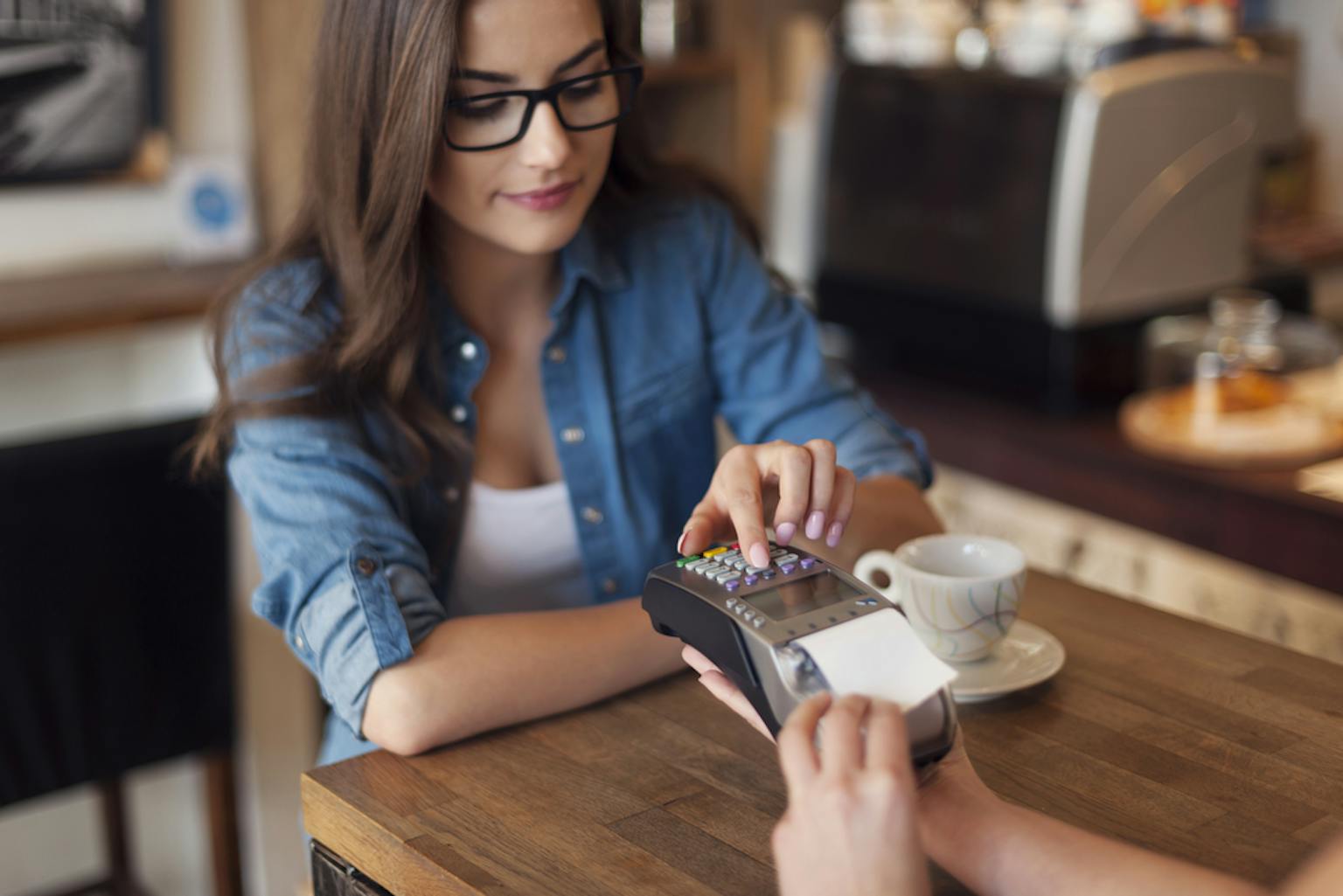
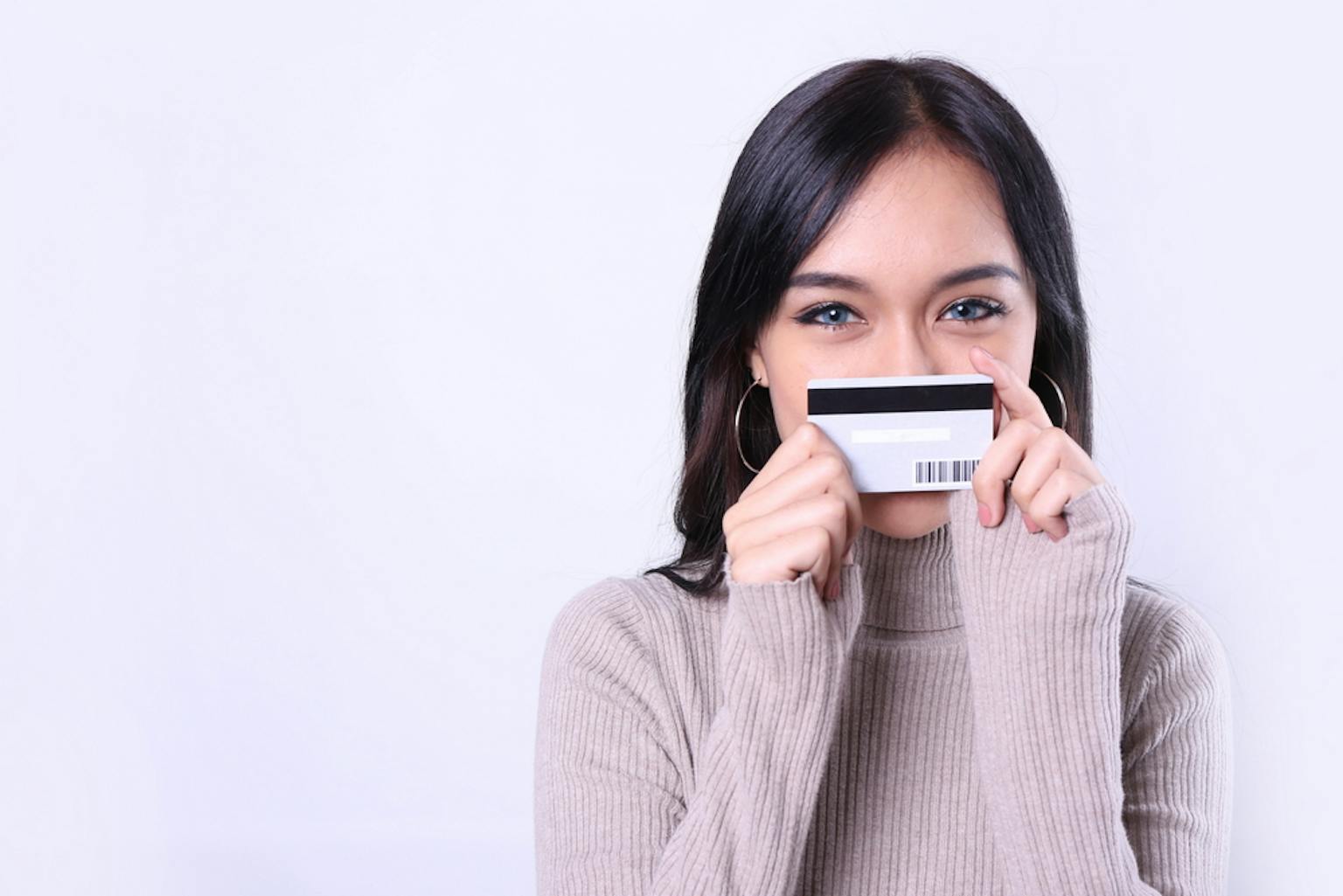
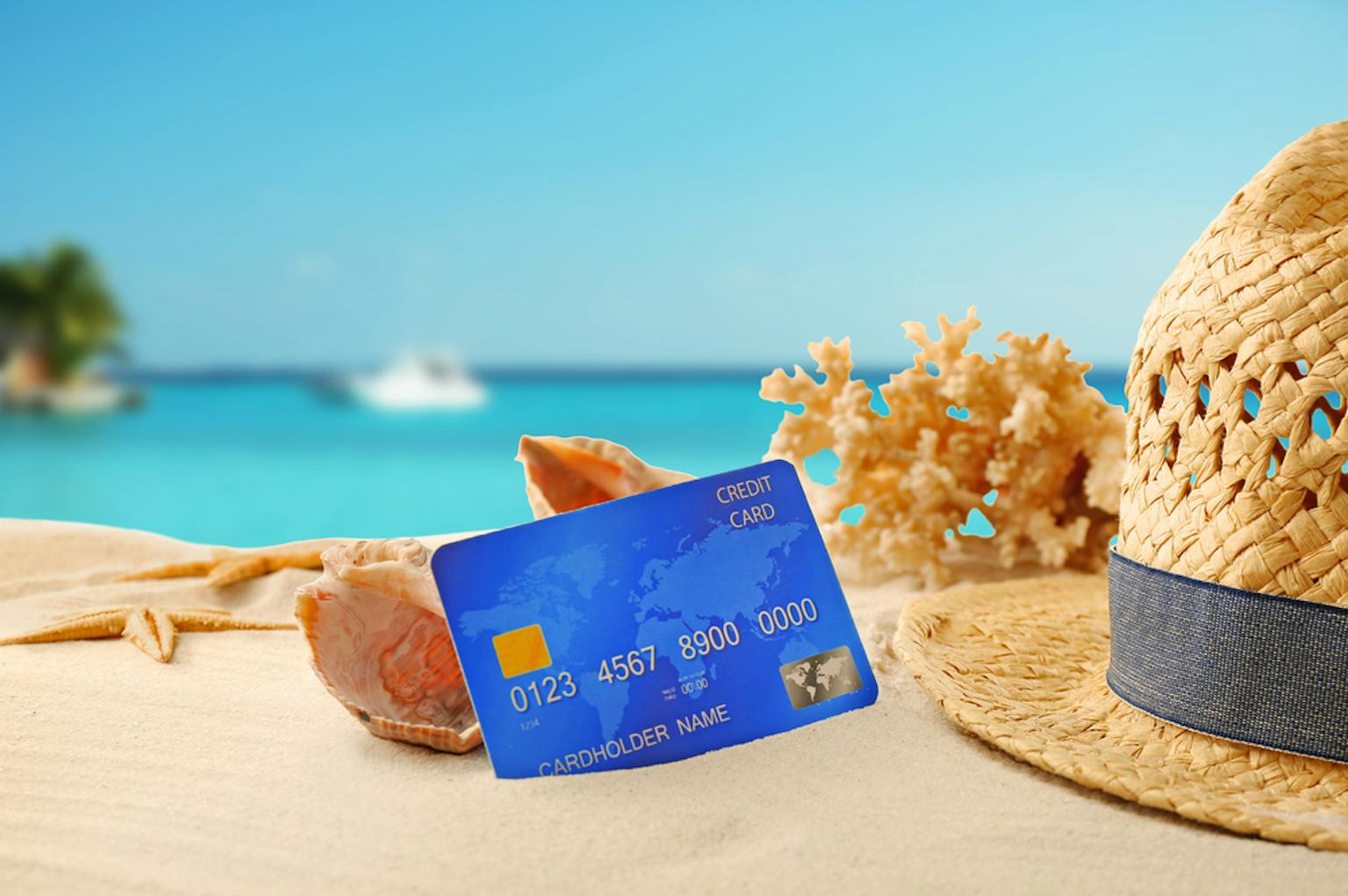



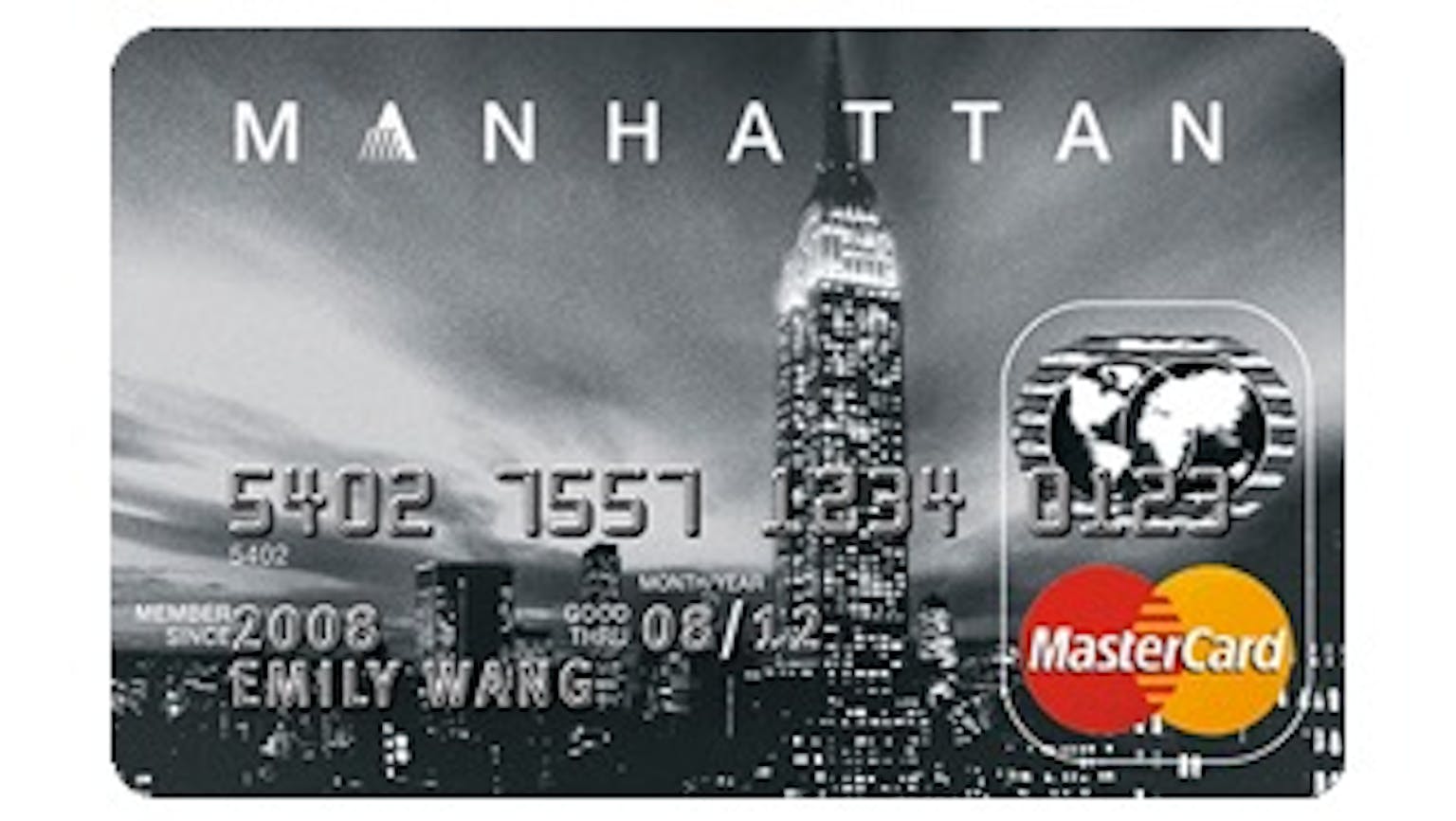
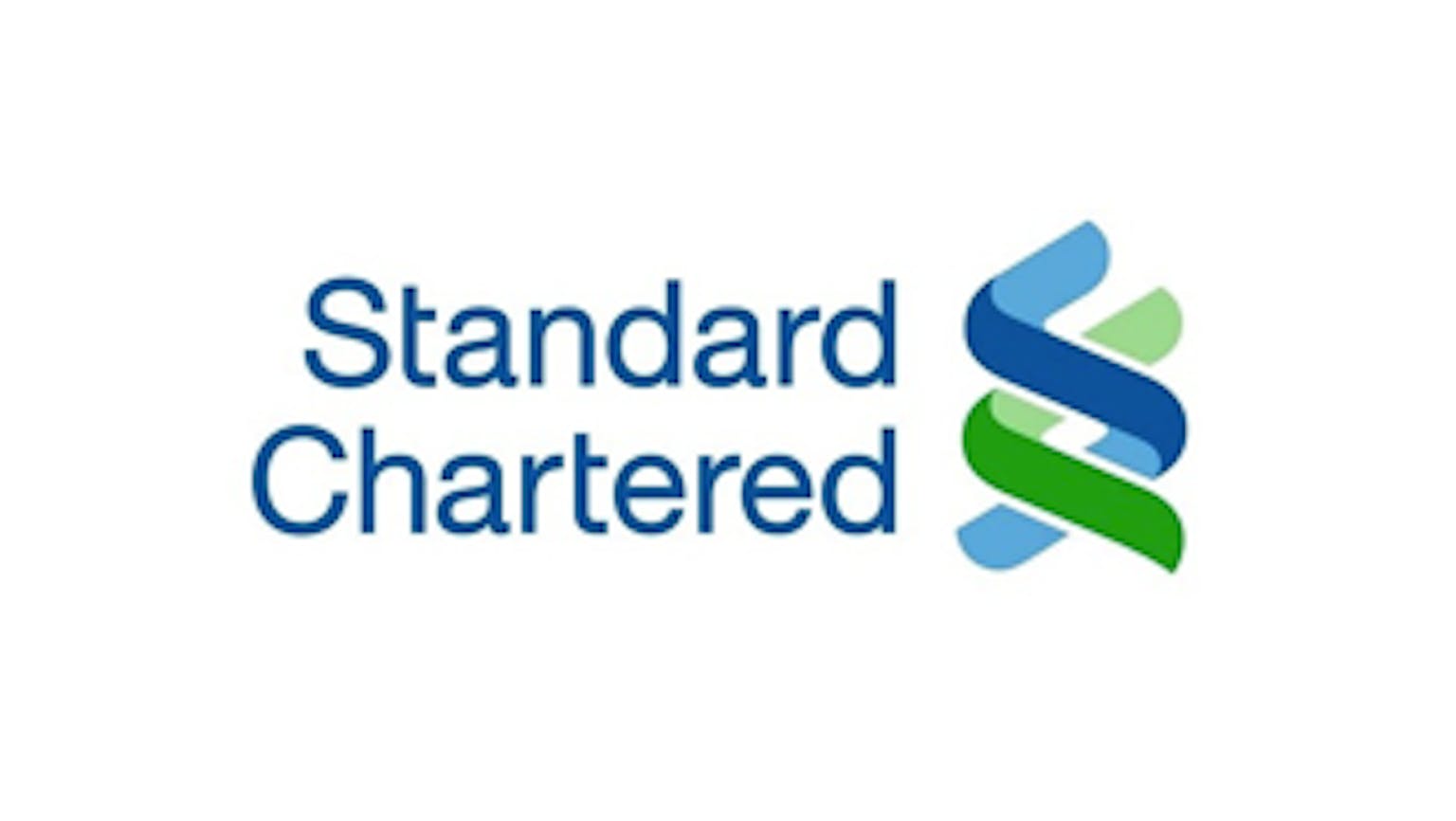
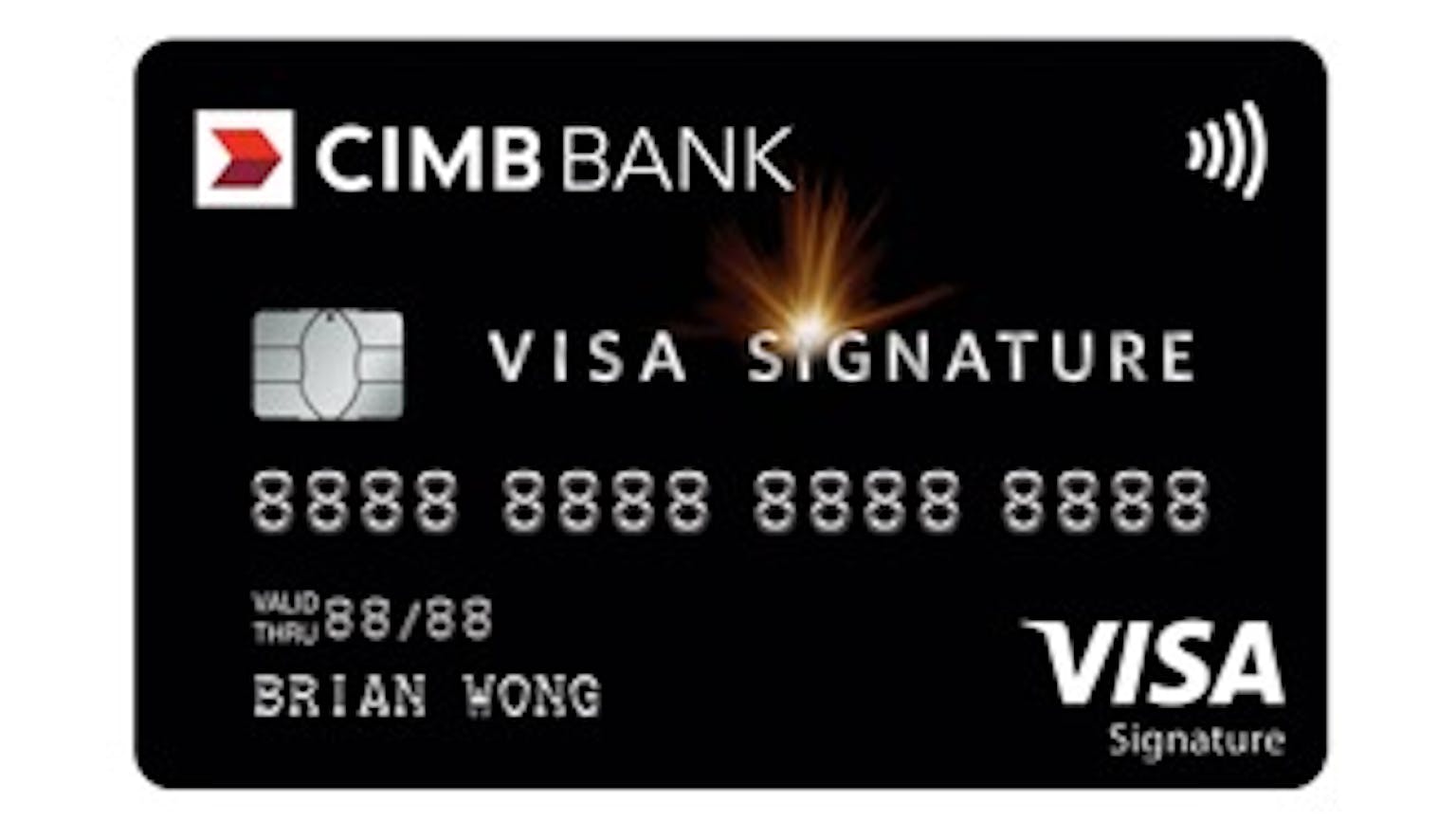
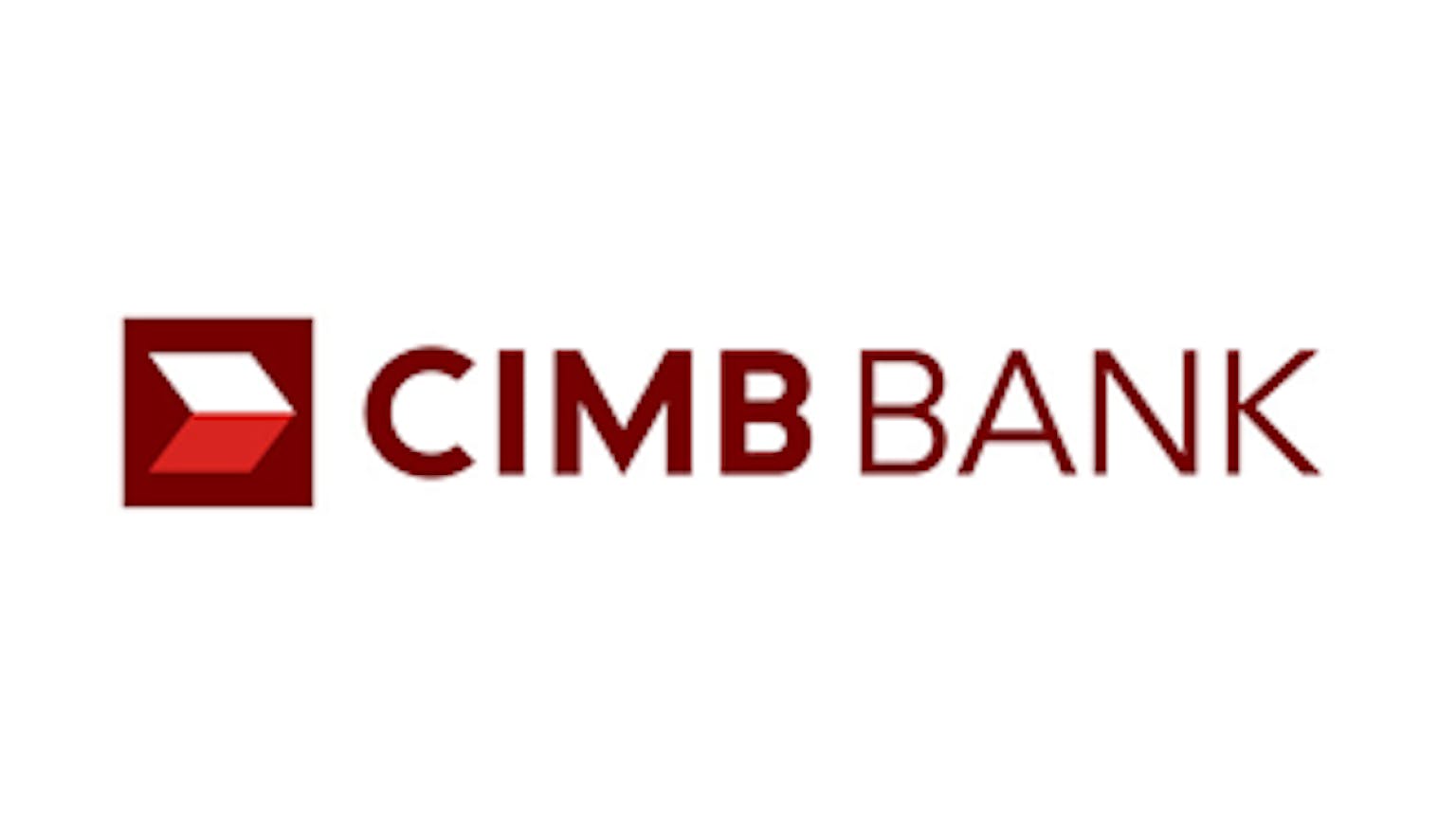
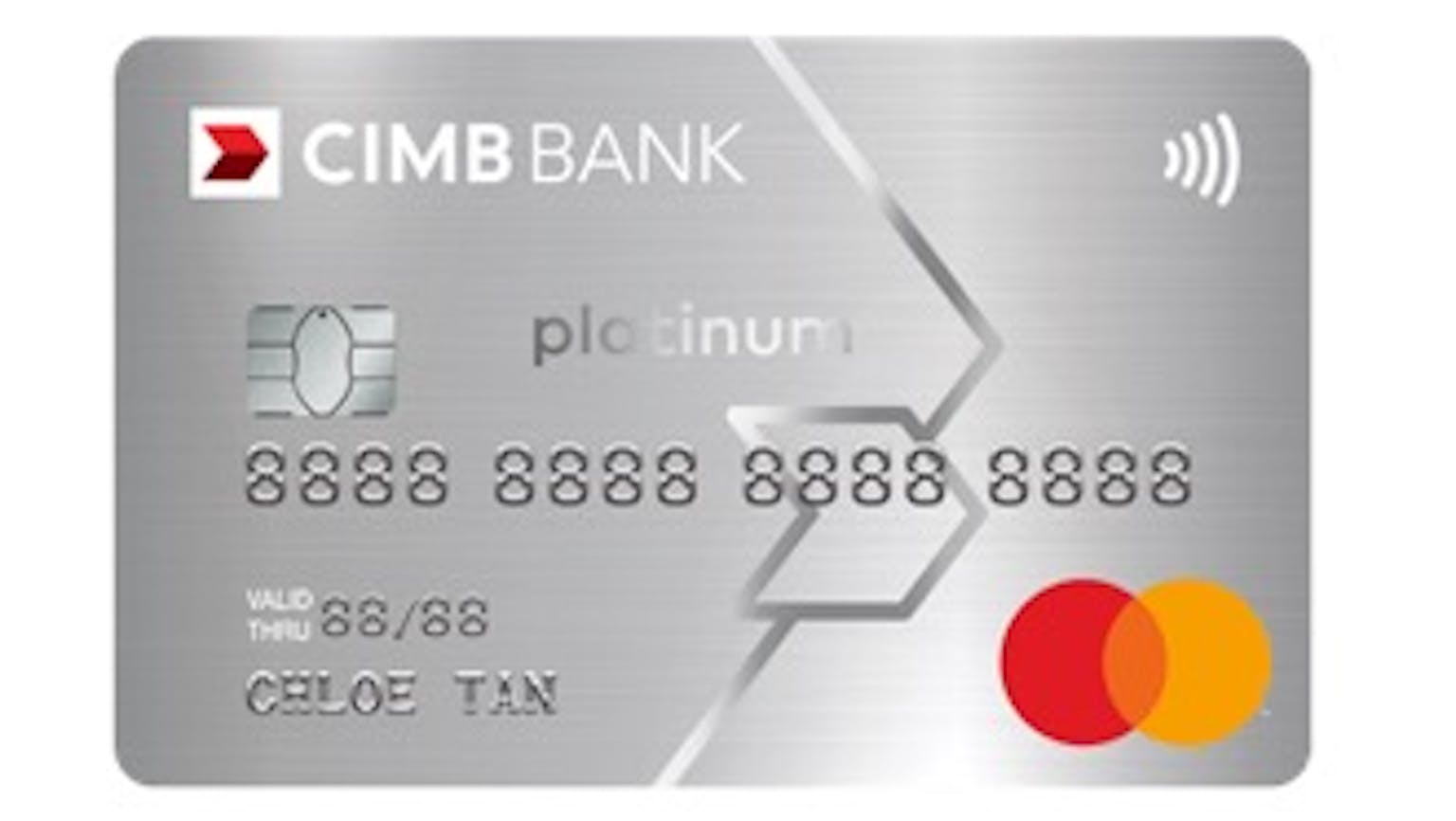
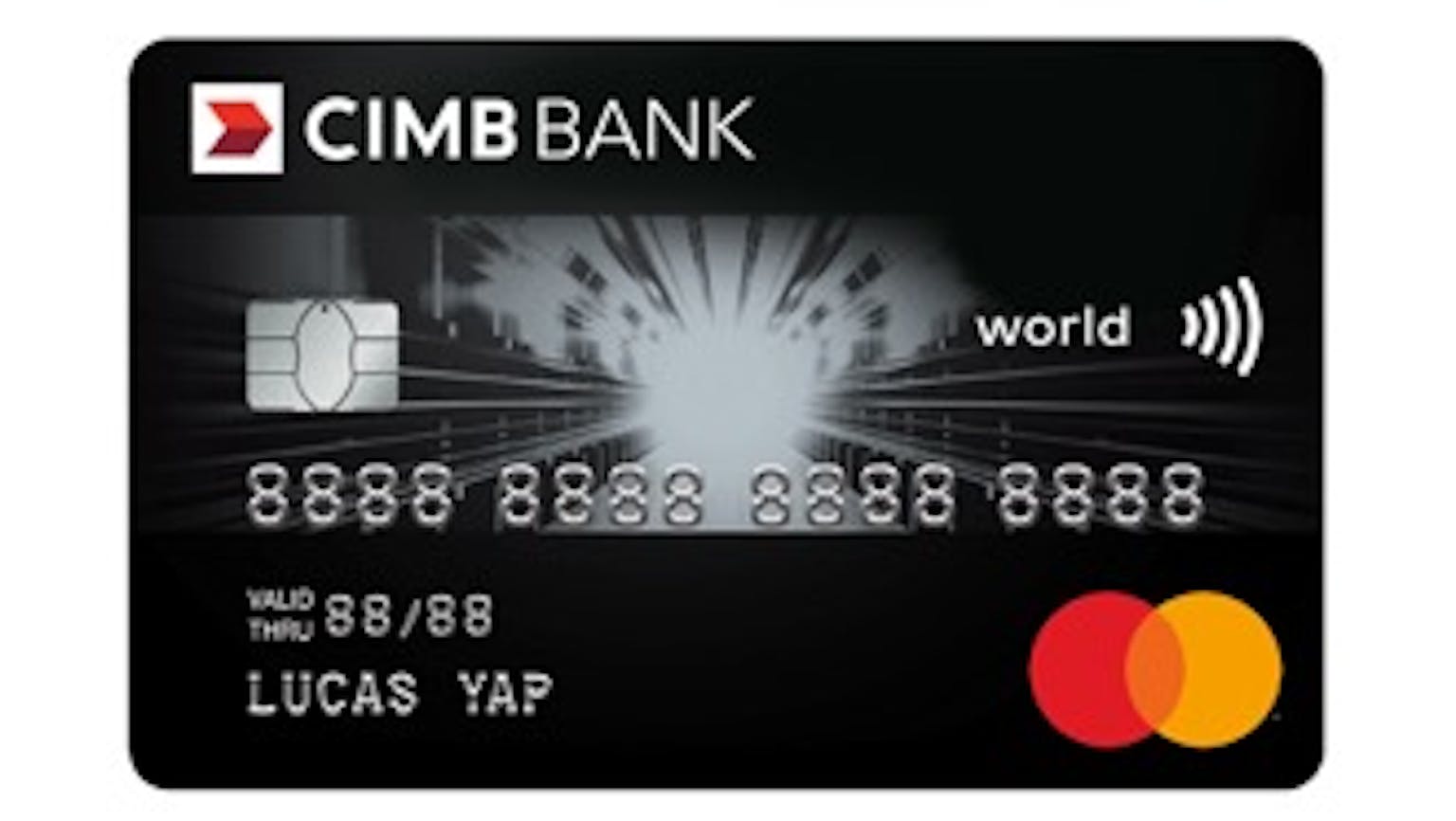

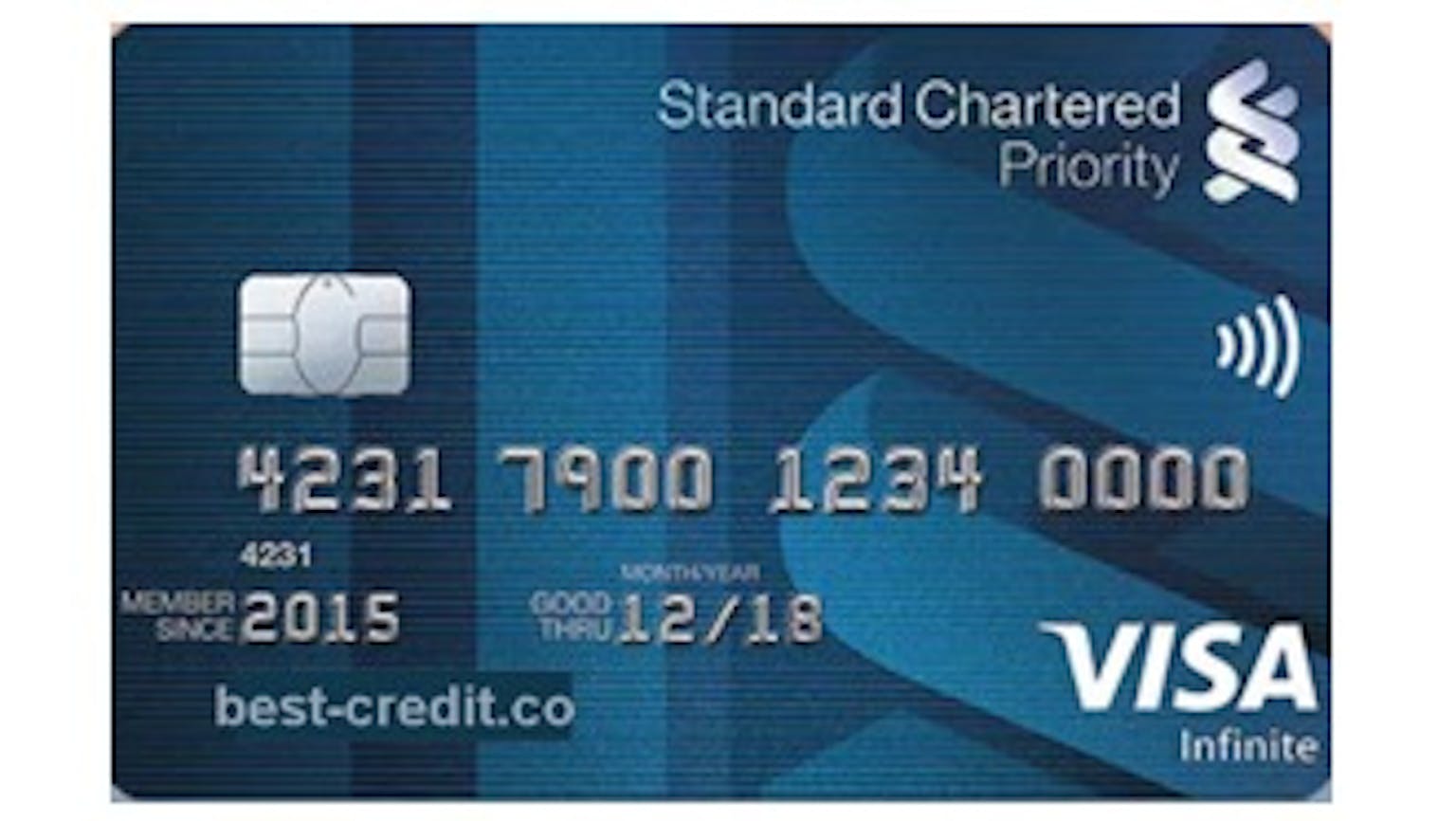

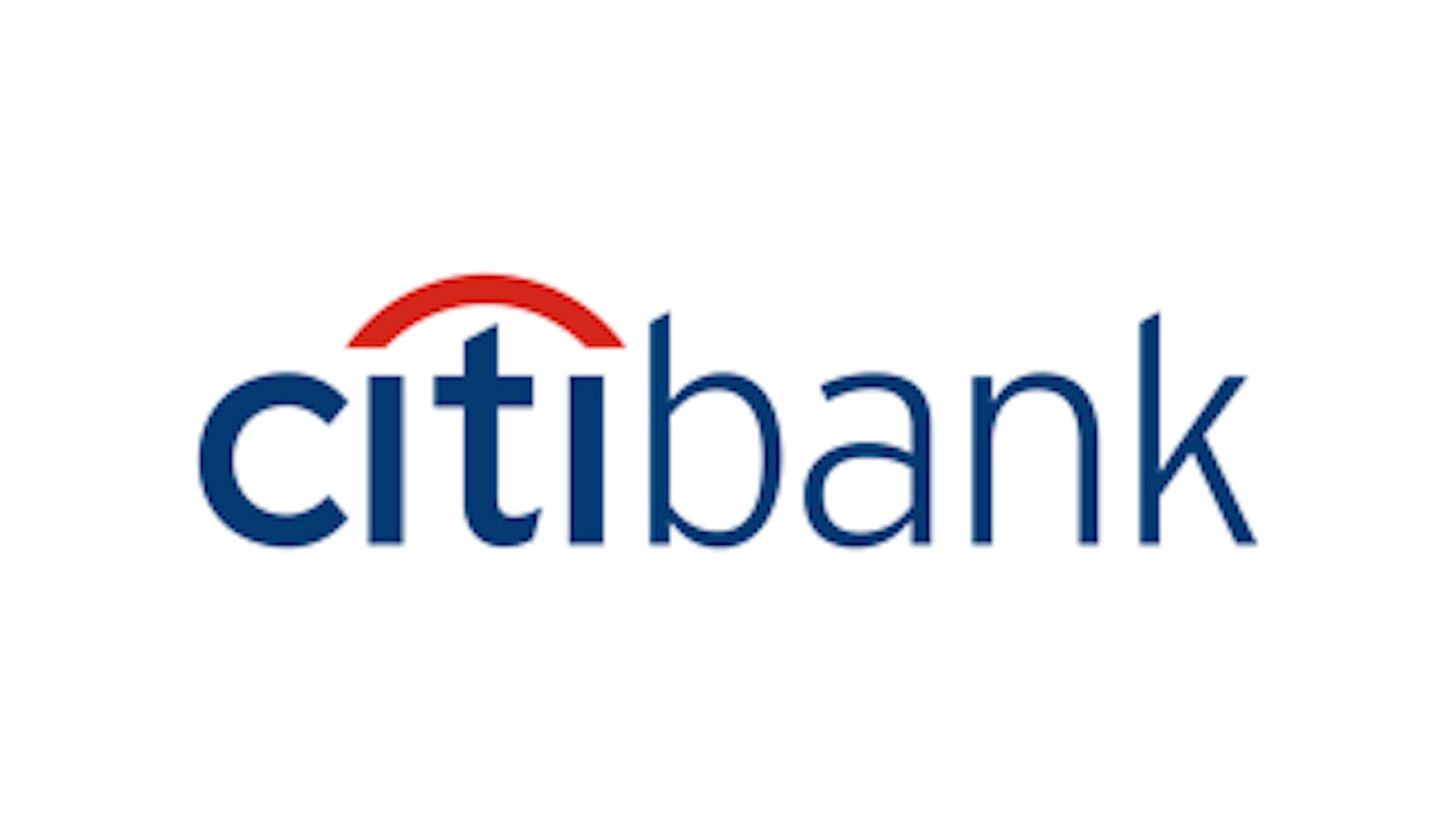
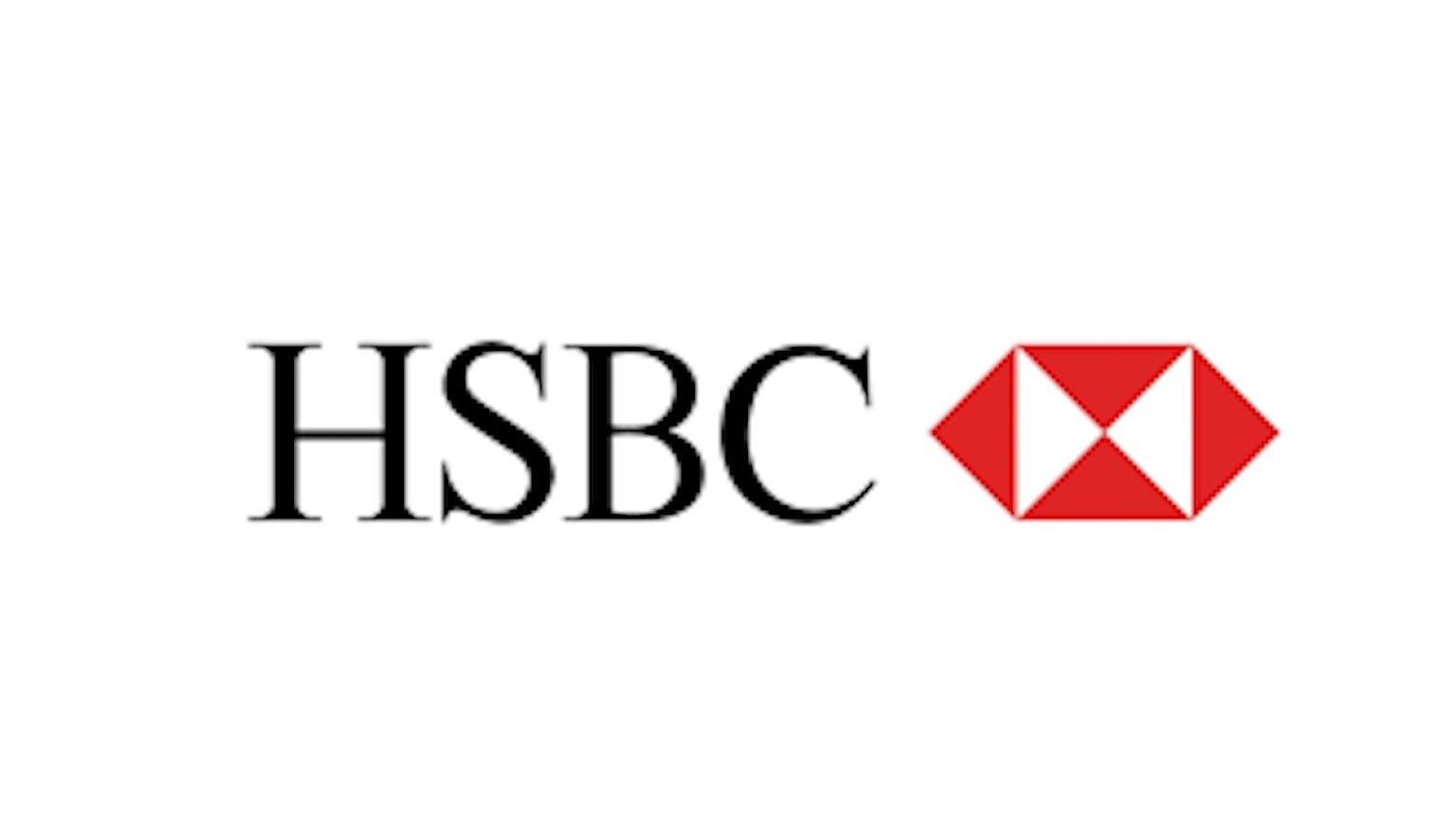
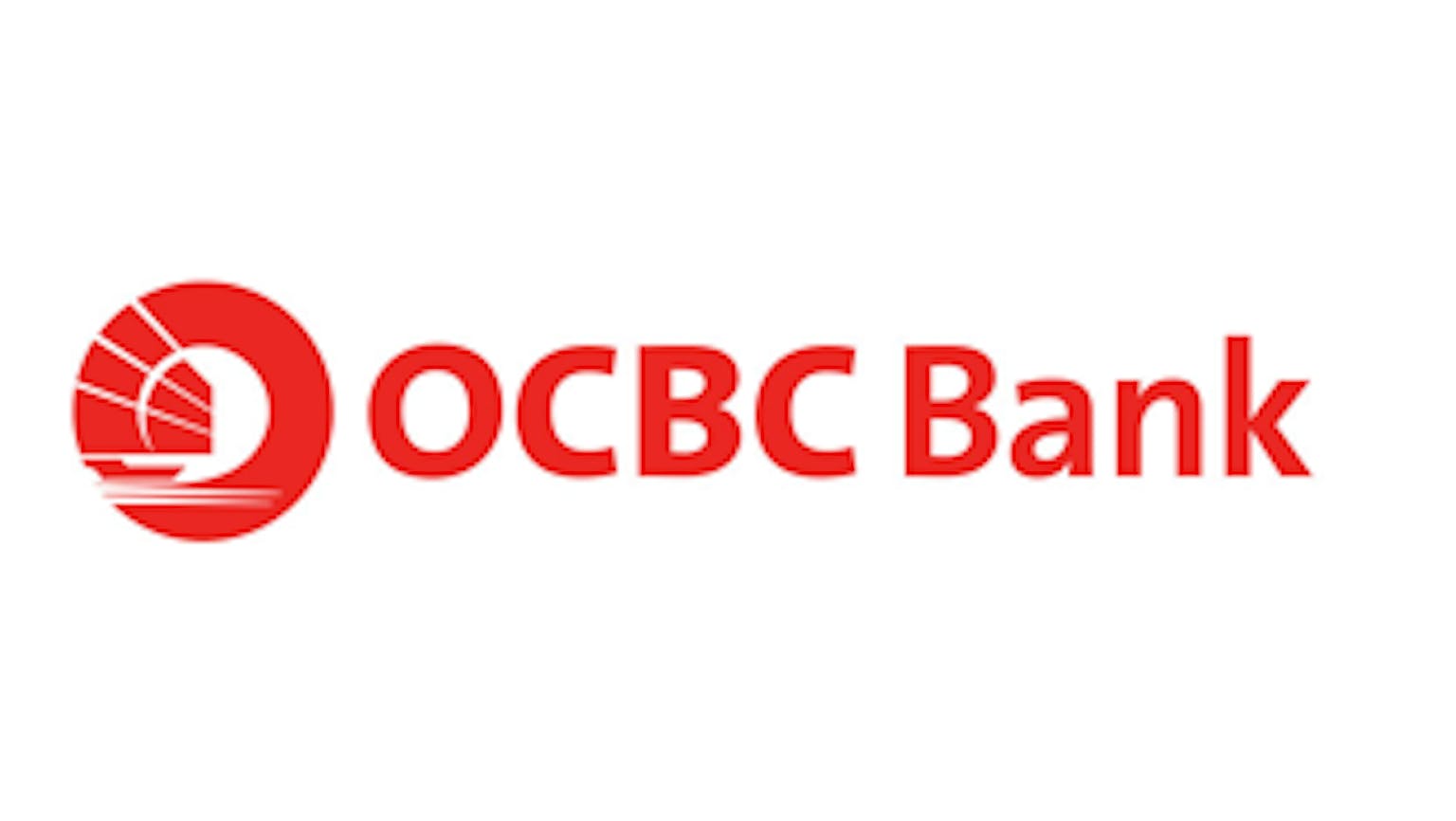
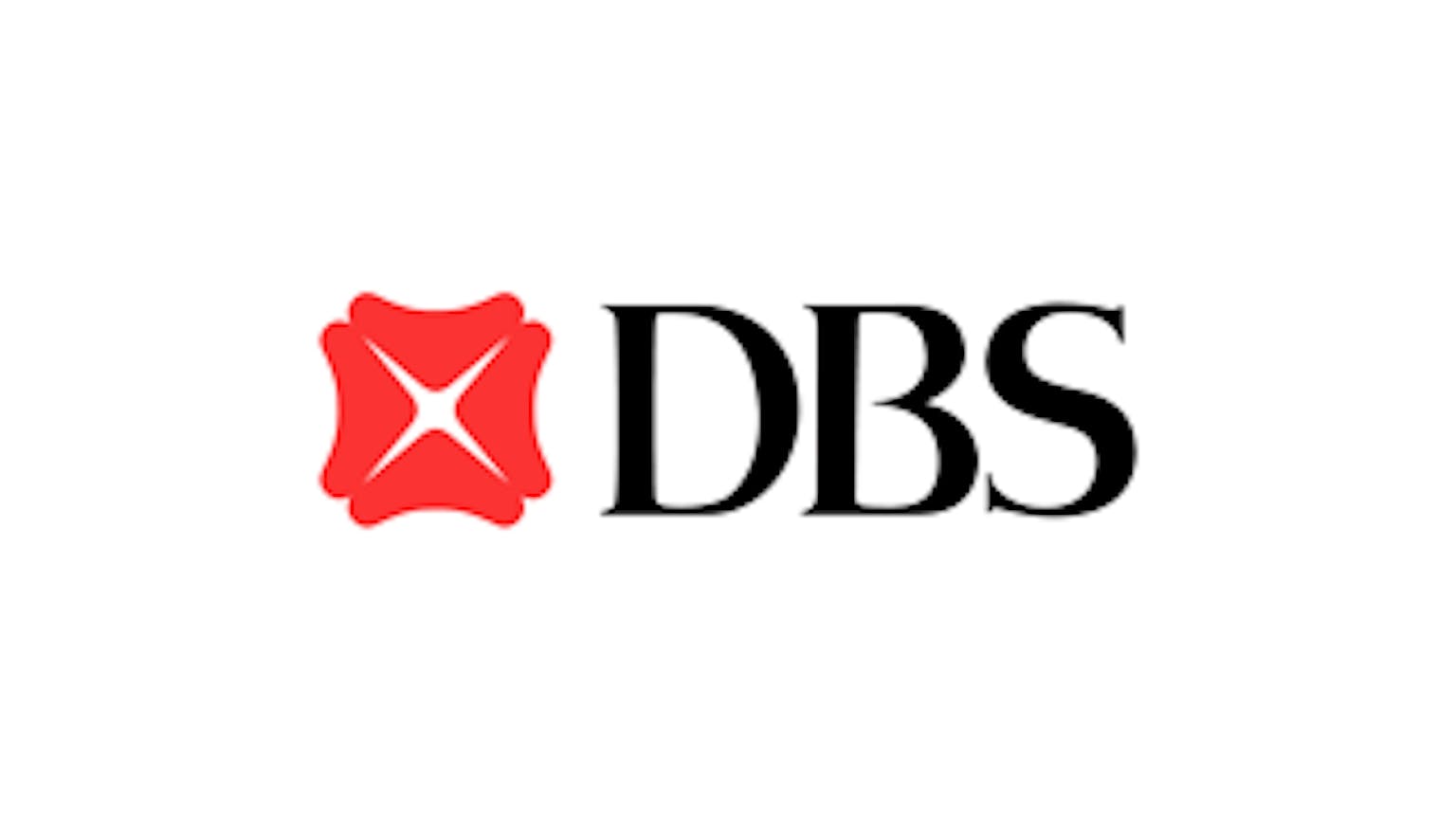

Please leave your knowledge and opinion!